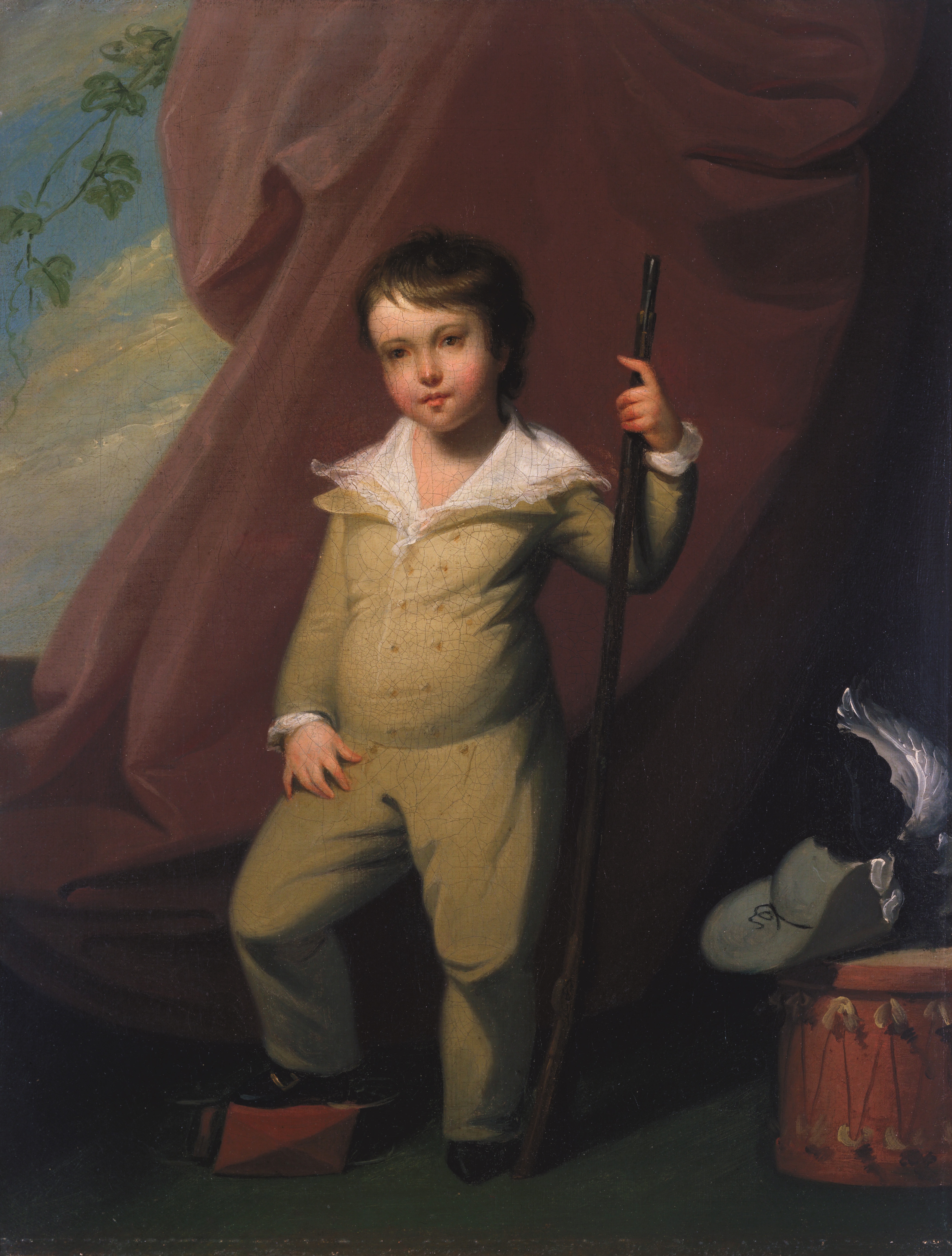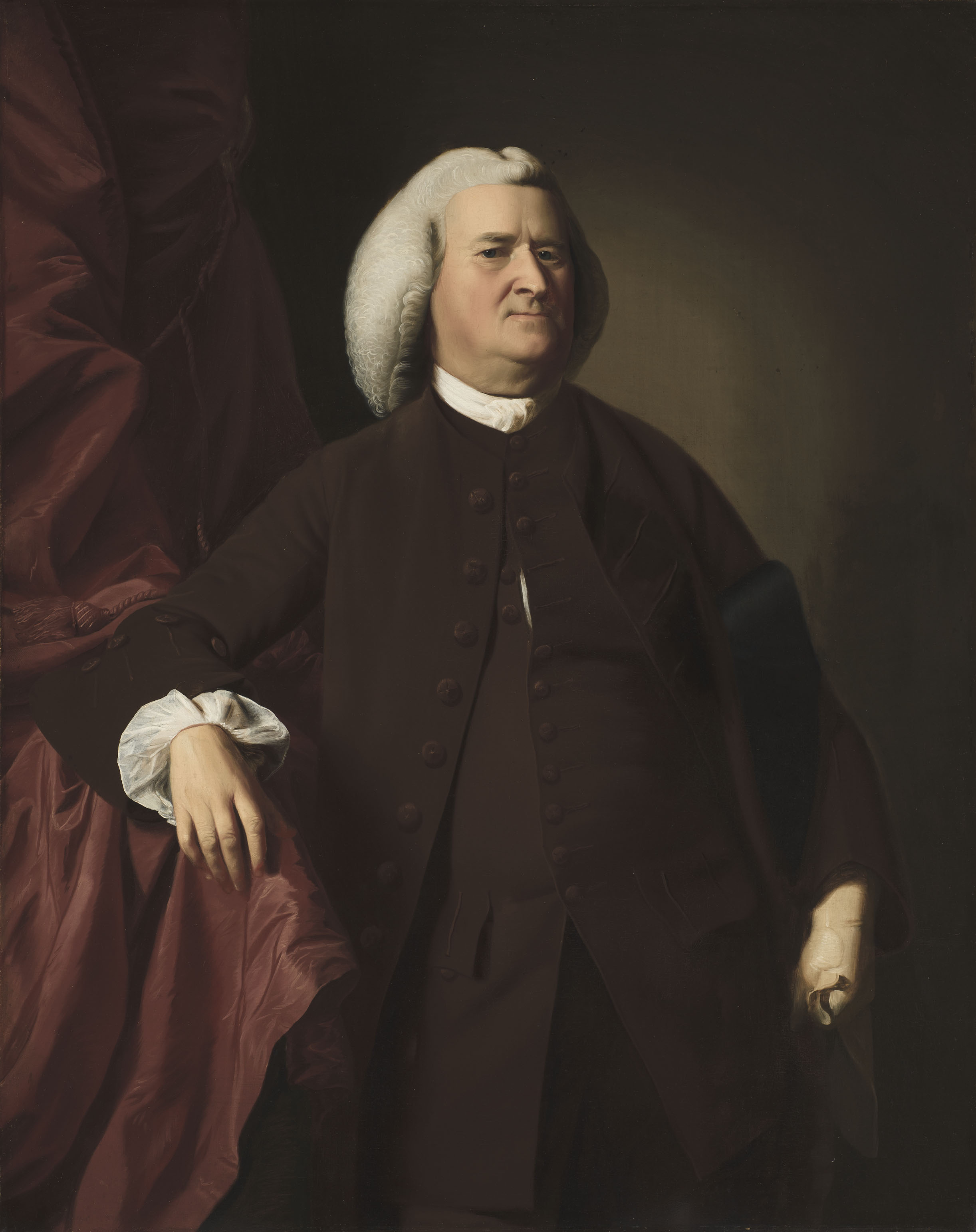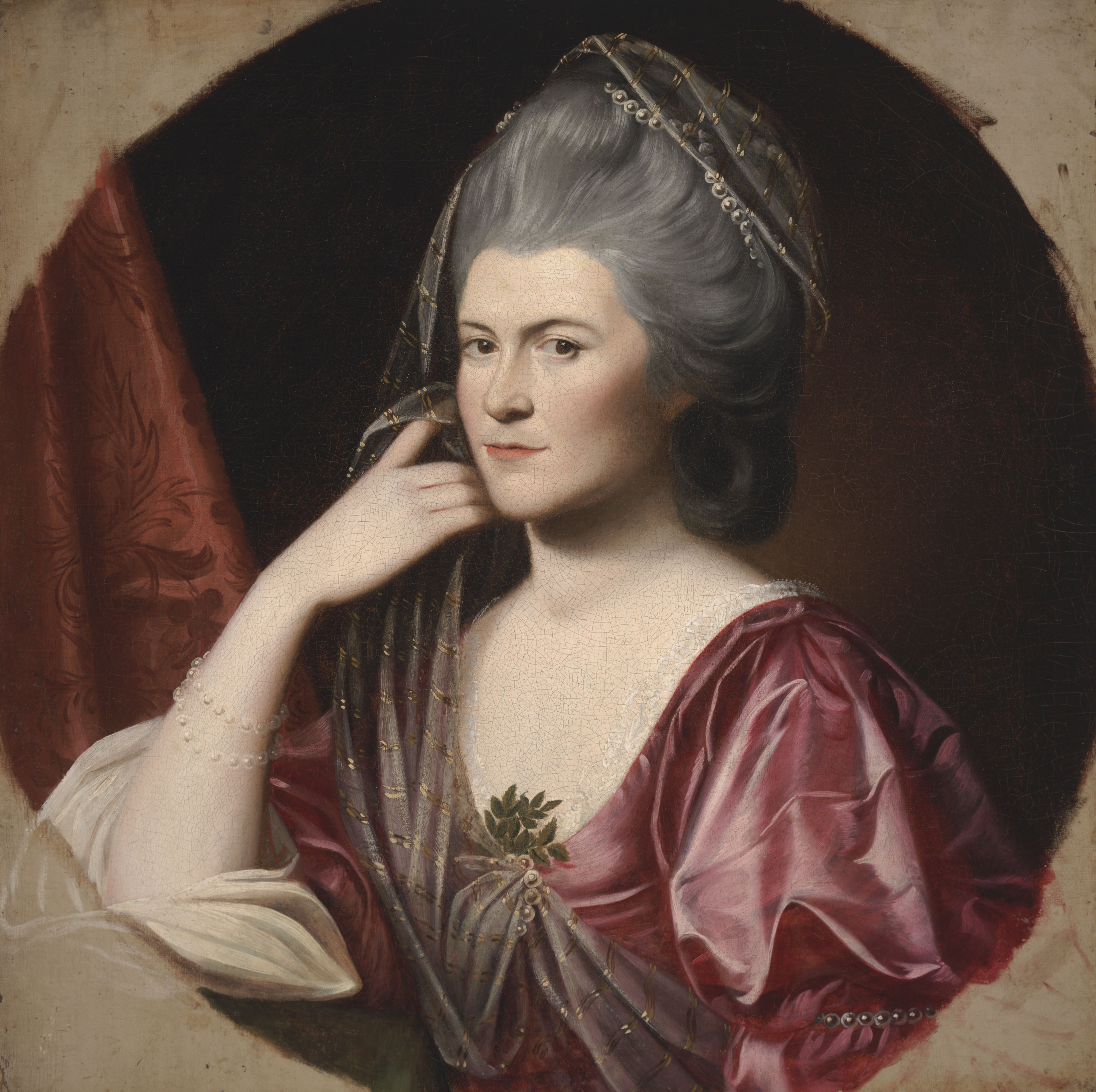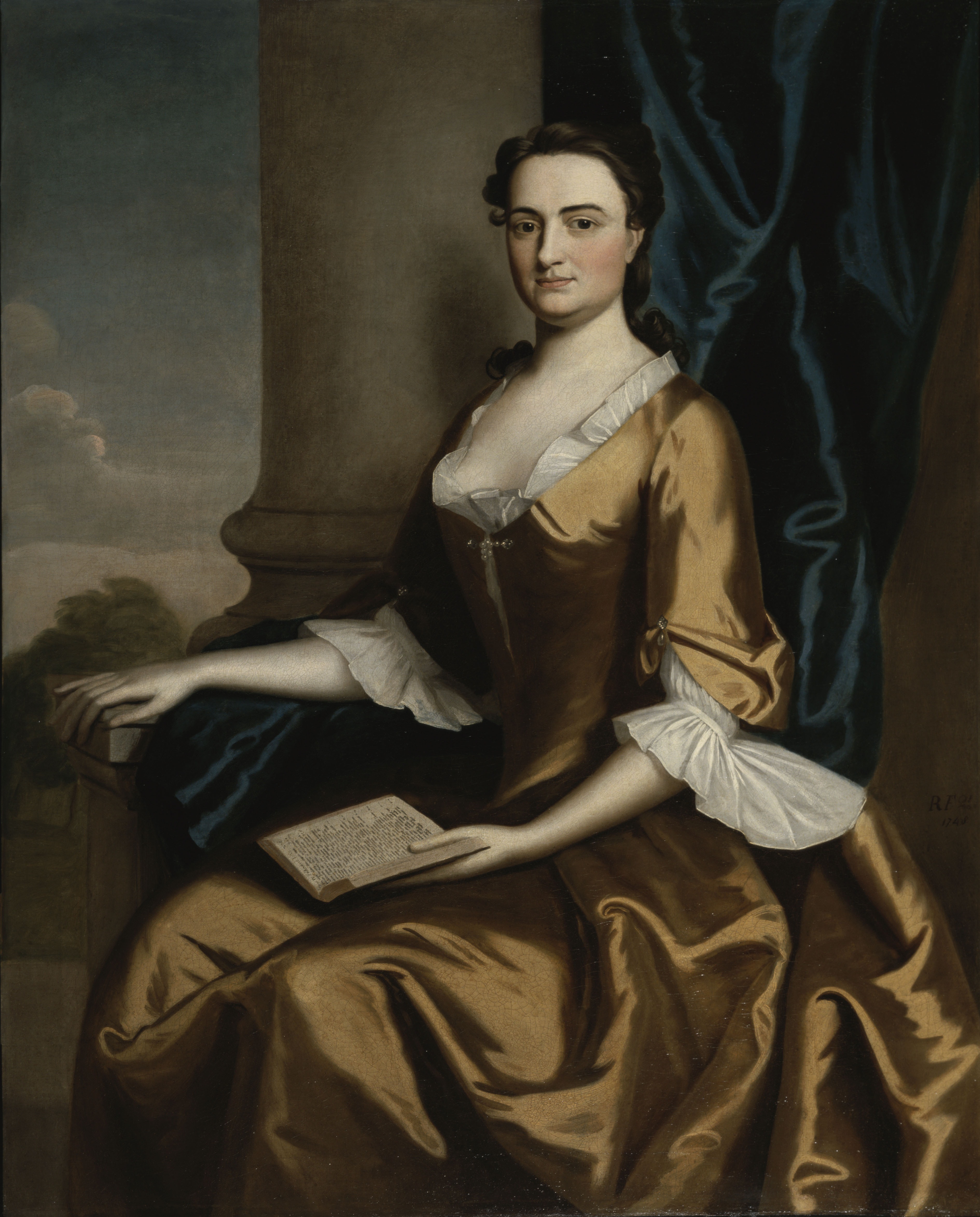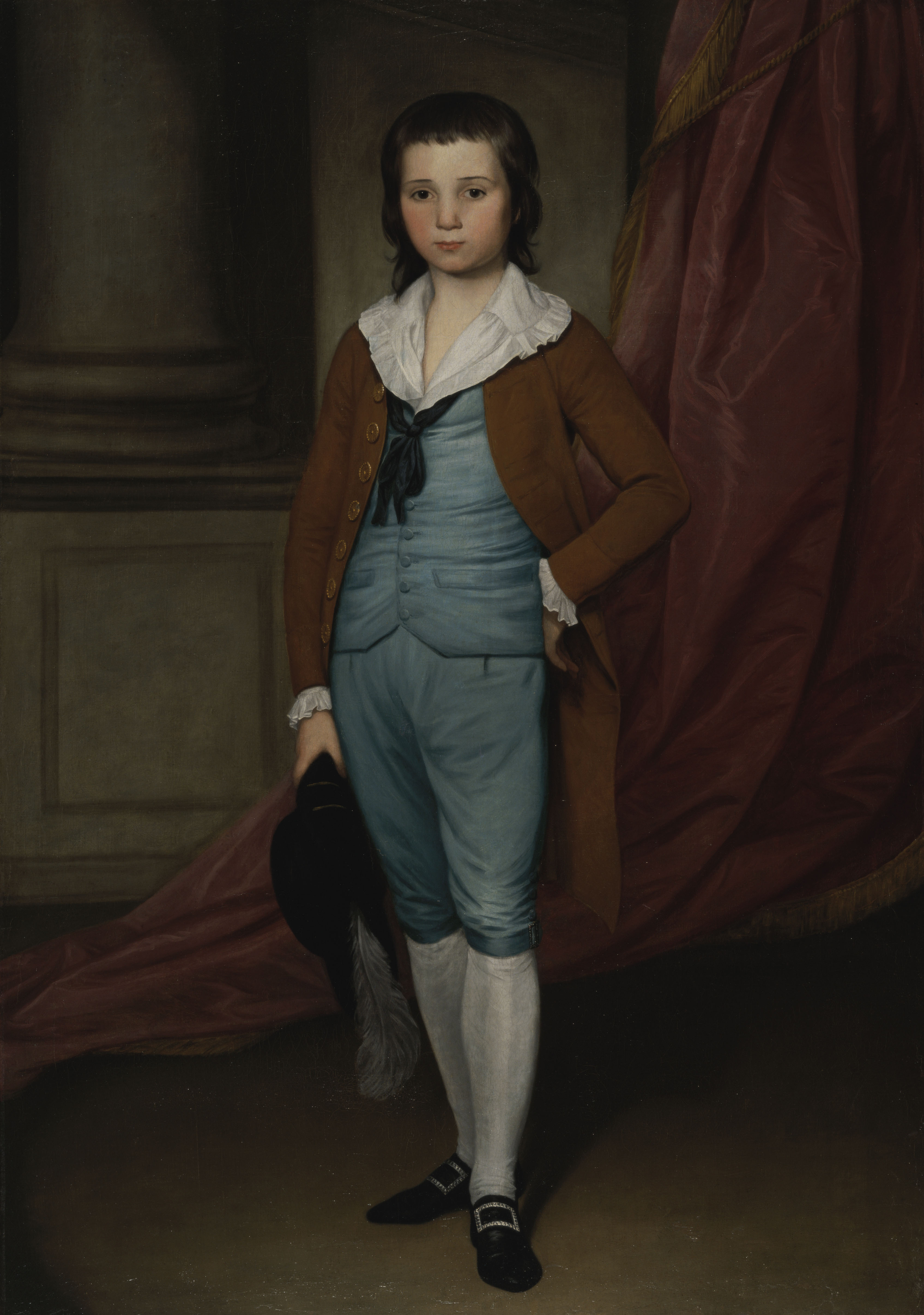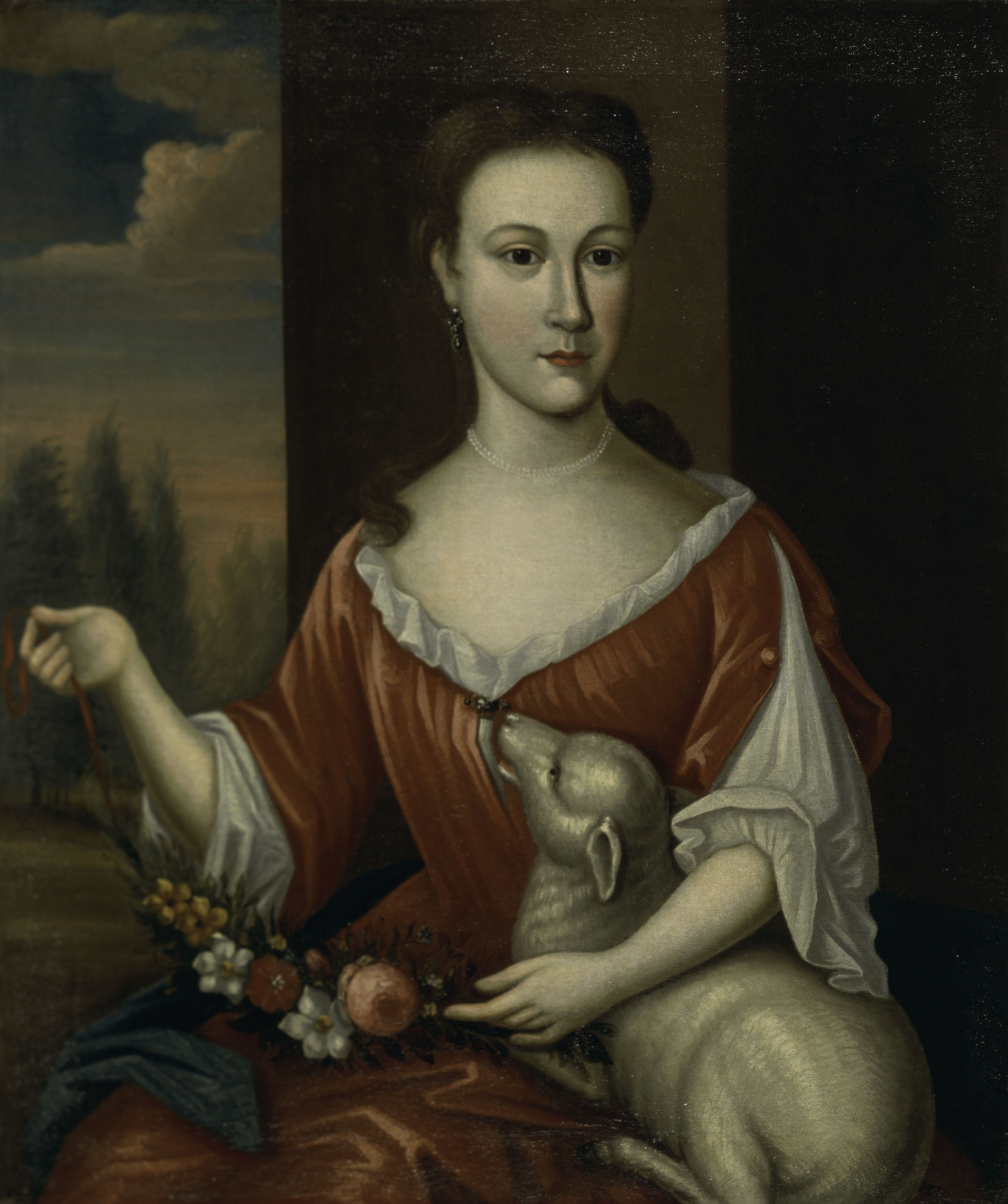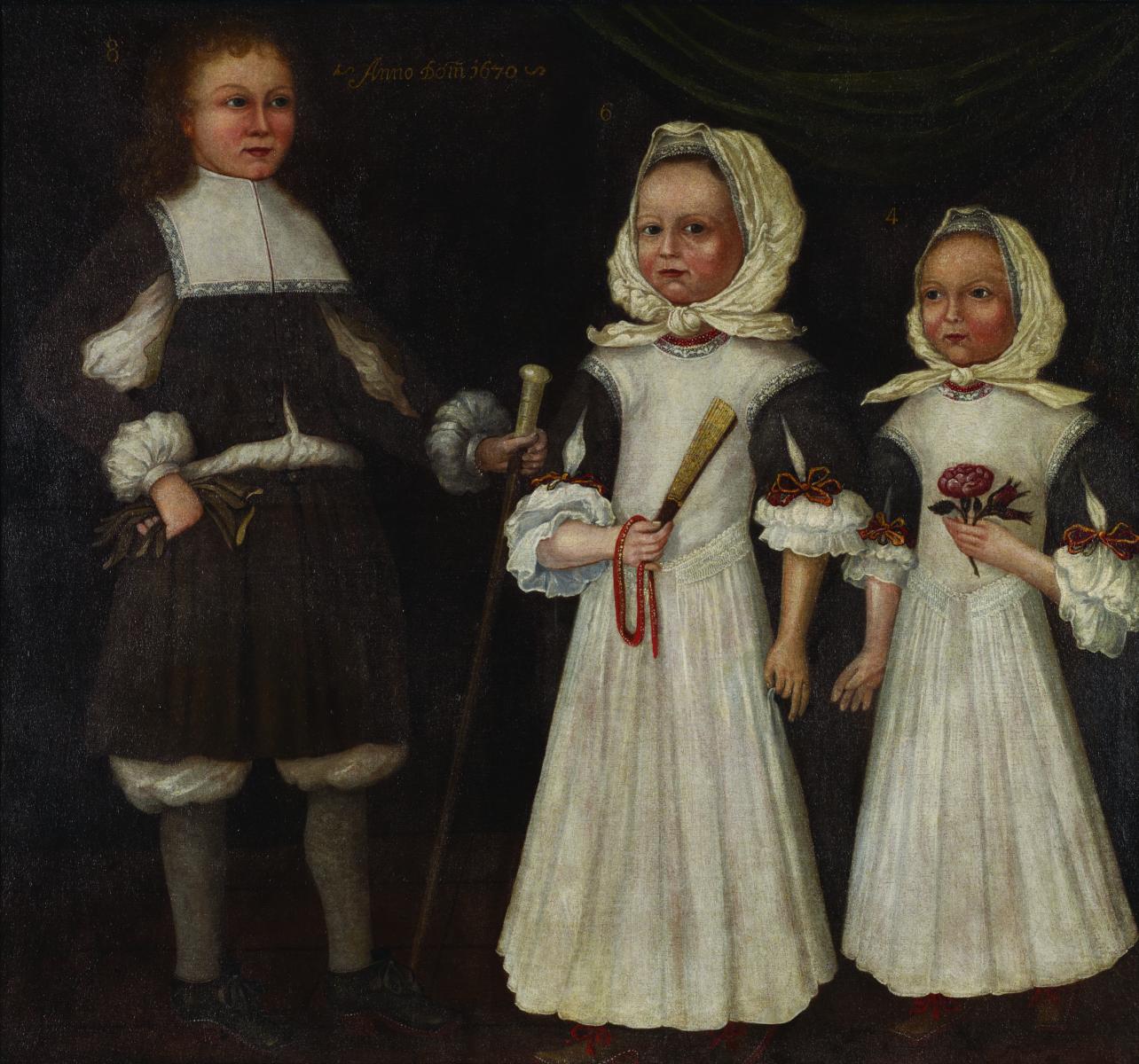George Harry Grey, Lord Grey (later the Fifth Earl of Stamford)
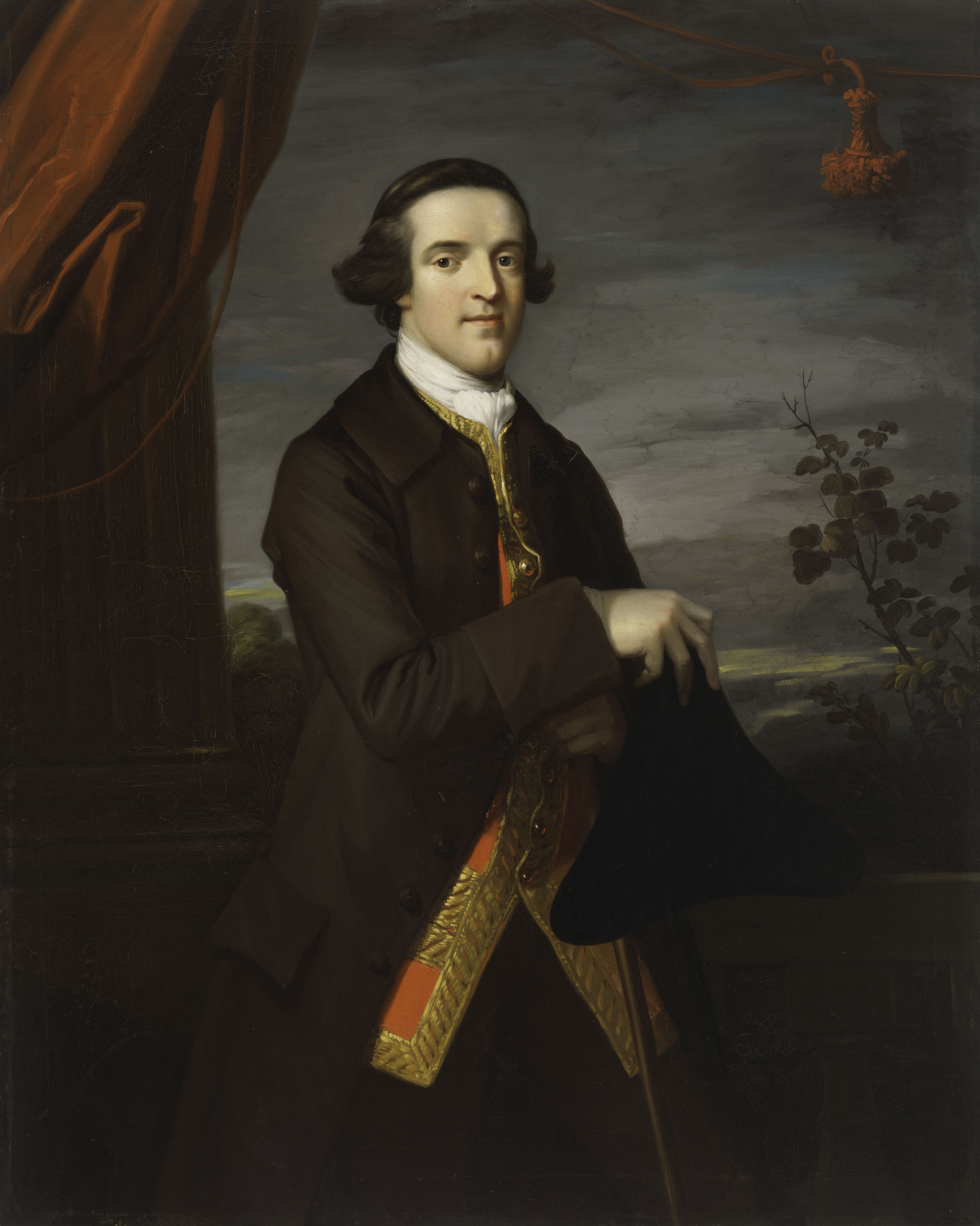
What does the artist emphasize?
The British nobleman George Harry Grey succeeded his father as the fifth Earl of Stamford in 1768. He was born and raised in Leicestershire County in the English Midlands, and later served in national politics. West painted many aristocratic portraits—after leaving Pennsylvania for London, he befriended influential people and secured the patronage of the Archbishop of York, who introduced him to King George III. His portraits became sought-after emblems of wealth and status in English society.
